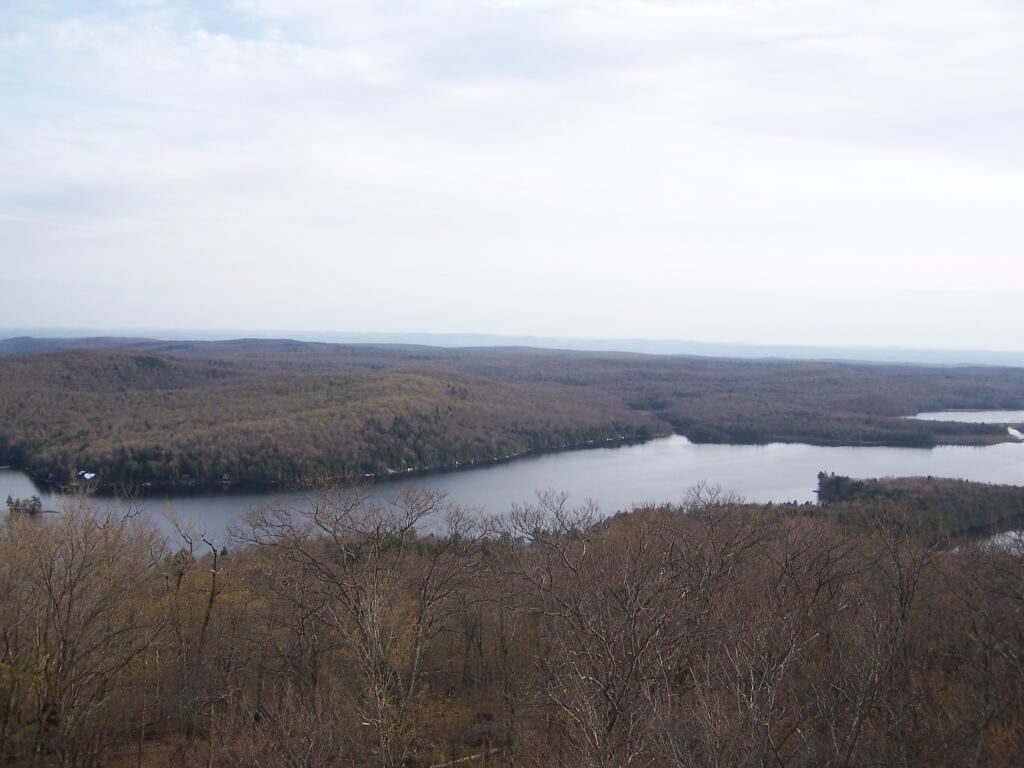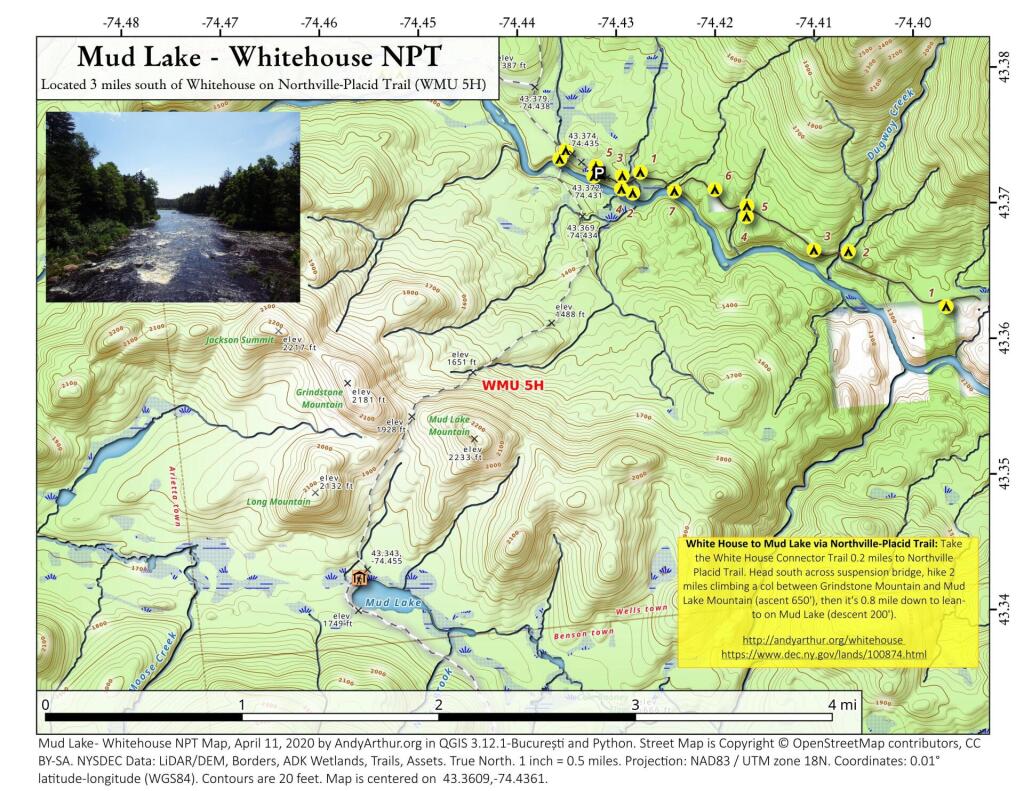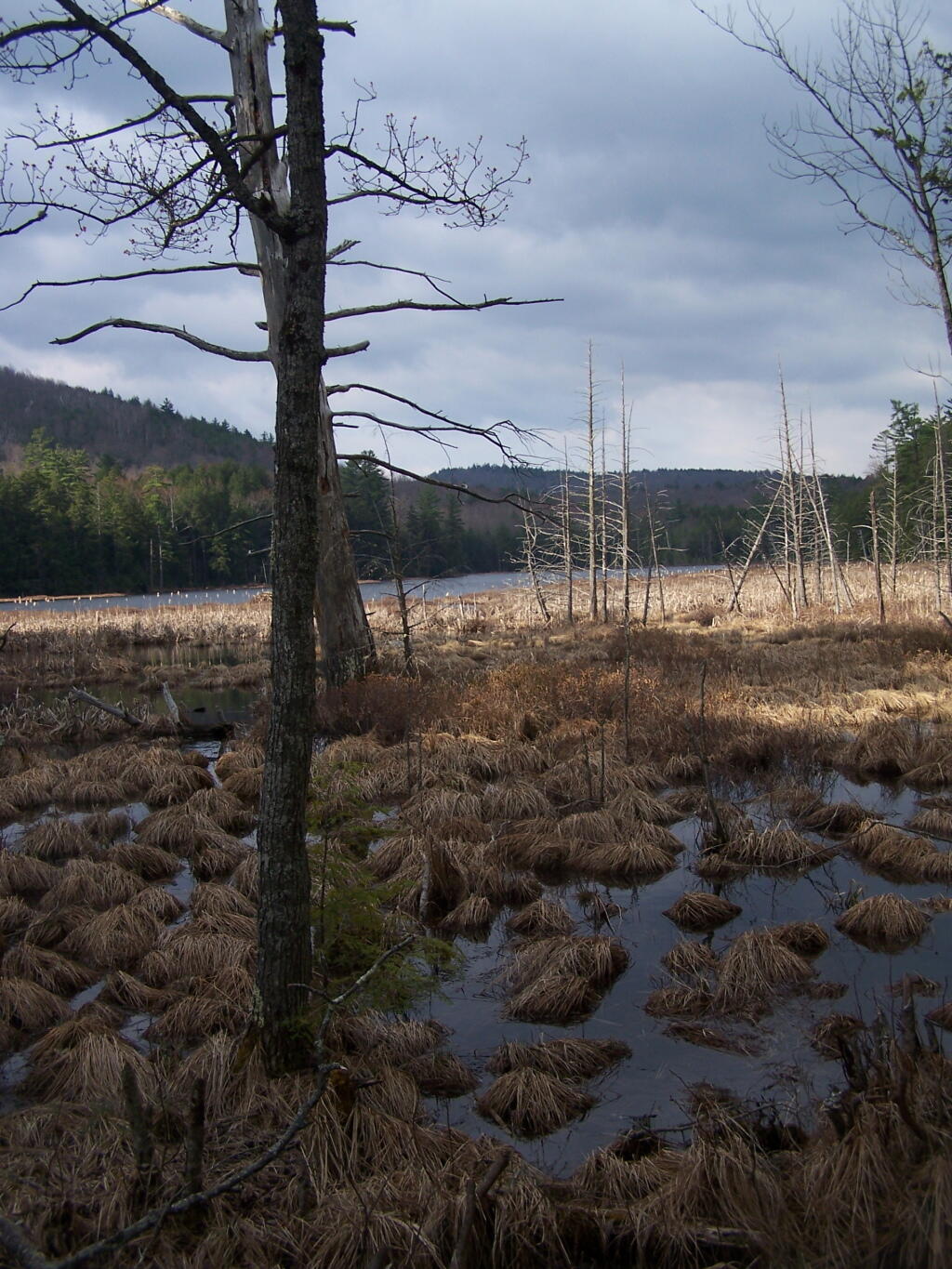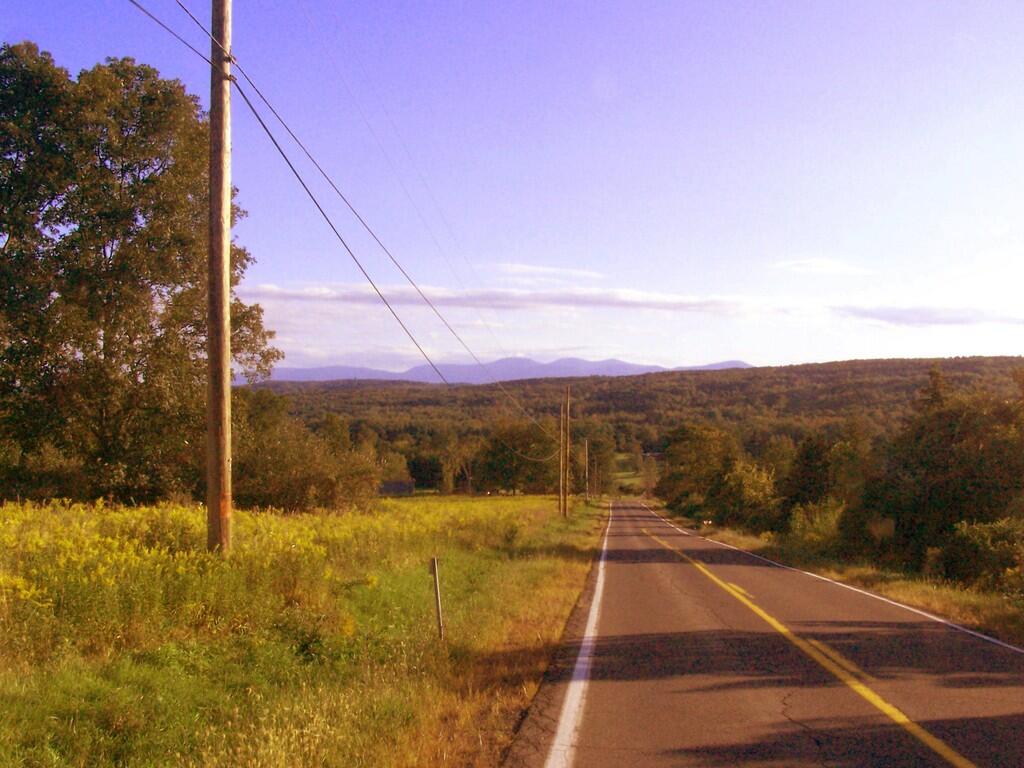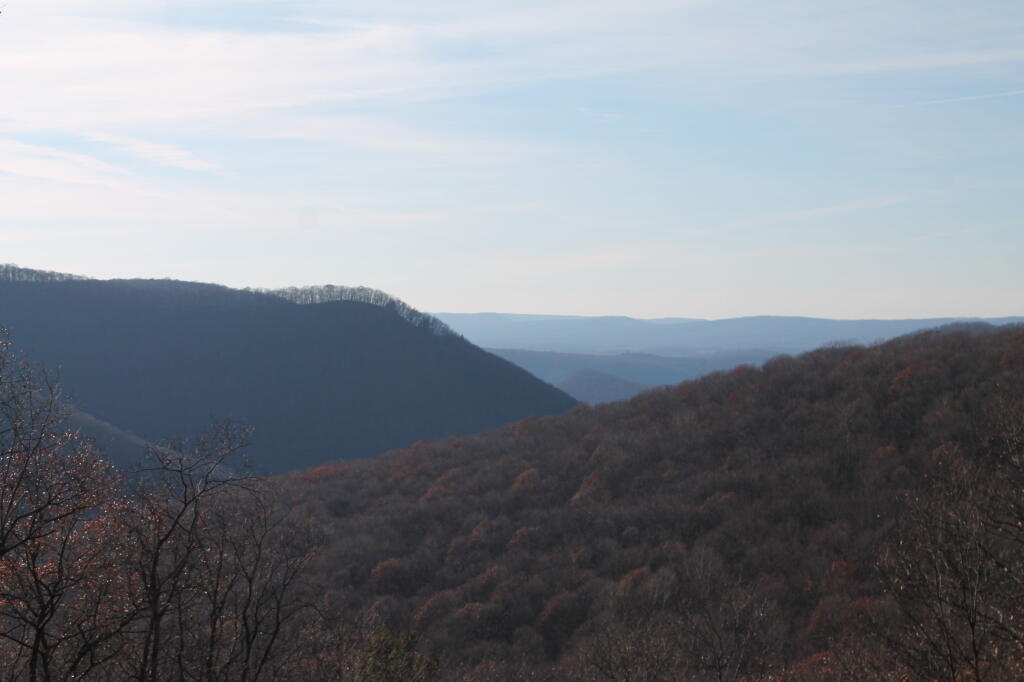Public Lands Policy
Why I Oppose Wilderness Areas and Parks 🌲🏞️⛰️
I am opposed to wilderness areas and public parks because I believe they overly restrict public use of public lands, banning many uses of public lands and restricting public access to the lands that were purchased for taxpayer dollars. Parks and wilderness areas are opposite sides of coin – intensively developed or preserved lands that limit public use and enjoyment. Many public uses are restricted in parks or require payment of fees, while other public uses are banned in wilderness areas. Wilderness areas and parks are de-funded lands, that provide no useful materials to mankind to cover the cost of their administration and maintenance (unless of course they charge user fees).
Opposition to wilderness and public parks does not mean opposition to public lands or public use of lands. Nor does mean that one is pro-development or primarily concerned with the extraction of timber or mineral resources. Wilderness and parks opposition in contrast stands in support of sustainable use of public lands, one that sees a role in the state actively managing the land for a wide variety of primitive, rustic uses of the land.
In opposition to wilderness and parks, I support multiple use of public lands as implemented in our National Forests and State Forests. As Gifford Pinchot would say, “the greatest good, for the greatest number of people, over the greatest amount of time.” Well-managed forests can not only provide timber in support of the wood products and paper industries, it can provide multi-successional growth to produce a diverse and healthy forest habitat. Cows can keep fields open and habitat for birds and wildlife. Oil and gas wells that are properly regulated can provide an immense amount of wealth to government land managers that can invest it back into the land, building things like trails, roads and bridges. Natural resources harvested from the land are much like advertisements on commercial television — necessary to keep the free service up and running.
Public lands should be free, wild and rustic in character. While public use should be encouraged, our forests should not become developed parks. Forest roads should be dirt, campsites should be spread out and lightly developed – no more then a fire ring, a picnic table, and a pit privy. Let users bring their own equipment and set it up as they like. If they want to shoot guns, play loud music, have bonfires, knock down some cold ones, all the more power to them – as long as they restore the land to how they found it when they got there. Trails should be lightly developed, maintained to limit mud and provide reasonable crossings across rivers, using bridges made out of wood or darkly painted steel. Signs should be limited and of rustic character. Boat launches should be gravel with no extensively developed features.
Forest infrastructure should be designed to discourage people from aggregating in any one particular area, even if certain vistas or natural features may be naturally attractive for people. Spreading out campsites and providing a variety of trail routes is one to keep farther apart to protect the wilderness character. Different roads can provide different places to explore and the people should be educated about different options to explore. At the same time, by limiting infrastructure to dirt roads, limiting signege and promotion of land, it can keep public use down to a sustainable level.
By limiting infrastructure and implementing sustainable harvests of natural resources, public lands can remain funded and free for public use.
Mud Lake Whitehouse NPT
What Wilderness Means to Me
I am often very critical of efforts to deem public lands as wilderness, as a form of statutory or constitutional protection of the lands, forever condemning motorized uses, and severely limiting other uses of the land, especially if the land has previously been farmed, logged, or otherwise changed by man. Certainly there are some unique parcels that should be preserved in such a pristine state, but many others are just wild lands to be used by man and nature alike.
I really do not like the legal definition of wilderness. I don’t think it captures my view of the forest lands I belove, the real wilderness in my imagination. Wilderness is the state of being wild and natural, largely uncontrolled by society’s social structures. It’s a land where man is free to use, largely without the control of government dictating how it is to be used except for minimal standards to protect its quality for future generations. Wilderness is a place where you go to get away from it.
Wilderness is any wild location in a rural area. It could be a hobby or even a professional farm, run by it’s operator. Or it could be any forest privately or publicly owned. It could be a hunting camp. It could be a dirt road in the middle of nowhere, or a state forest. It could be a wild forest in Adirondacks, a National Forest, or some other wild land. It could be a state truck trail or a back-country location. It does not have to be road-less or totally untrammeled by man, just wild and free without excessive government control and oppressive populations.
… wilderness is a place to escape, a place to get away from it all.
Adirondack Park Land Cover
There are 2.1 Million Acres of State Forest in Pennsylvania.
There are 2.1 million acres of state forest in Pennsylvania, not including the Allegheny National Forest and various state parks. The largest state forest is Sproul State Forest, followed by Susquehannock State Forest and Elk State Forest.
| State Forest | Acres |
|---|---|
| Sproul | 305,442 |
| Susquehannock | 260,110 |
| Elk | 199,966 |
| Bald Eagle | 193,393 |
| Moshannon | 190,031 |
| Tioga | 161,890 |
| Tiadaghton | 146,538 |
| Loyalsock | 114,550 |
| Tuscarora | 96,025 |
| Rothrock | 95,975 |
| Michaux | 85,502 |
| Delaware | 83,020 |
| Buchanan | 69,672 |
| Forbes | 58,519 |
| Lackawanna | 29,603 |
| Weiser | 28,058 |
| Gallitzin | 24,370 |
| Clear Creek | 16,126 |
| Cornplanter | 1,491 |
| William Penn | 807 |
Reber
Back in college I used to like to explore the back roads of the Adirondacks. My explorations once took me to Reber on the Bouquet River which is one of the rare agricultural valleys of the Adirondacks - and iysnot right on Lake Champlain.
